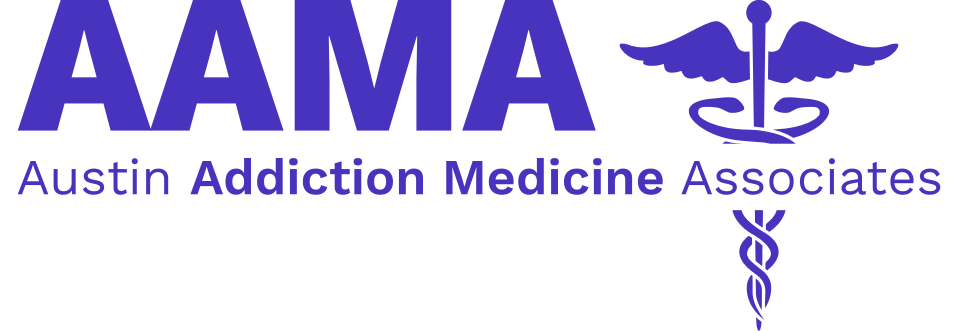A recent article in the Mayo Clinic Proceedings highlighted the severity of opiate addiction due to prescription drug abuse. According to the article in the July 2009 edition: “nonmedical use of prescription opioids has increased exponentially since the early 1990s. Not surprisingly, the expanded use of prescription opioids for all reasons, legitimate and illicit, has correlated with the steady increase in opioid related deaths nationwide.” The article noted that “methadone related adverse events increased 1800% between 1997 and 2004; fatalities increased 390% from 1999 to 2004(the most recent national data available), and methadone was the drug with the greatest increase in fatalities; methadone also is the sixth most frequently suspected drug in death and serious nonfatal outcomes. . . Half of methadone deaths are pain patients who are being mismanaged by physicians who lack sufficient knowledge or skills to use methadone in the treatment of pain.” The number of deaths due to prescription opioids in 2001 was 3,994 and this more than doubled in 2005 to 8,541.
What accounts for this drastic increase in deaths due to prescription opiates? In the opinion of this author, the current epidemic of prescription opiate addiction and deaths have come about as a result of the “pain movement”. In the late 80s and early 90s, numerous studies within the medical literature indicated that physicians were under-treating pain in the setting of advanced cancer and other terminal conditions. The “pain movement” originated as a valid response to the dilemma of poor pain control in the setting of malignancy and other potentially terminal conditions. Unfortunately, unbridled enthusiasm on the part of “pain doctors” soon led to the use of narcotics for the management of chronic forms of nonmalignant pain. While the use of narcotics in some of these conditions is certainly justified, the difficulty that arose had to do with the dissemination of this information to overburdened primary care doctors who would now be expected to become pain experts and to manage their patients with the same skill and oversight that was being promulgated by academicians.
Another factor which contributed to the problem had to do with the patient population being managed by the academicians. The patients managed by the academicians were highly selected and thoroughly screened for a pre-existing history of substance abuse or other risk factors likely to predispose them to the adverse outcomes associated with narcotic addiction. Obviously, this is not the population that a primary care doctor would be seeing. Also, the amount of time dedicated to the evaluation of these patients within the academic setting was likely much greater than the amount of time spent by the harried primary care doctor (or even the community-based “pain doctor”). Given this set of circumstances it is no wonder that we have an epidemic of opiate addiction related to the overuse of narcotics.
Of course, some unscrupulous physicians have also seen the profit potential which exists for servicing addictions and, at this writing, a bill is currently pending in the Texas Legislature to outlaw so-called “pill mills” — — these are clinics which are infamous for their reputation of prescribing narcotics at the drop of a hat.
